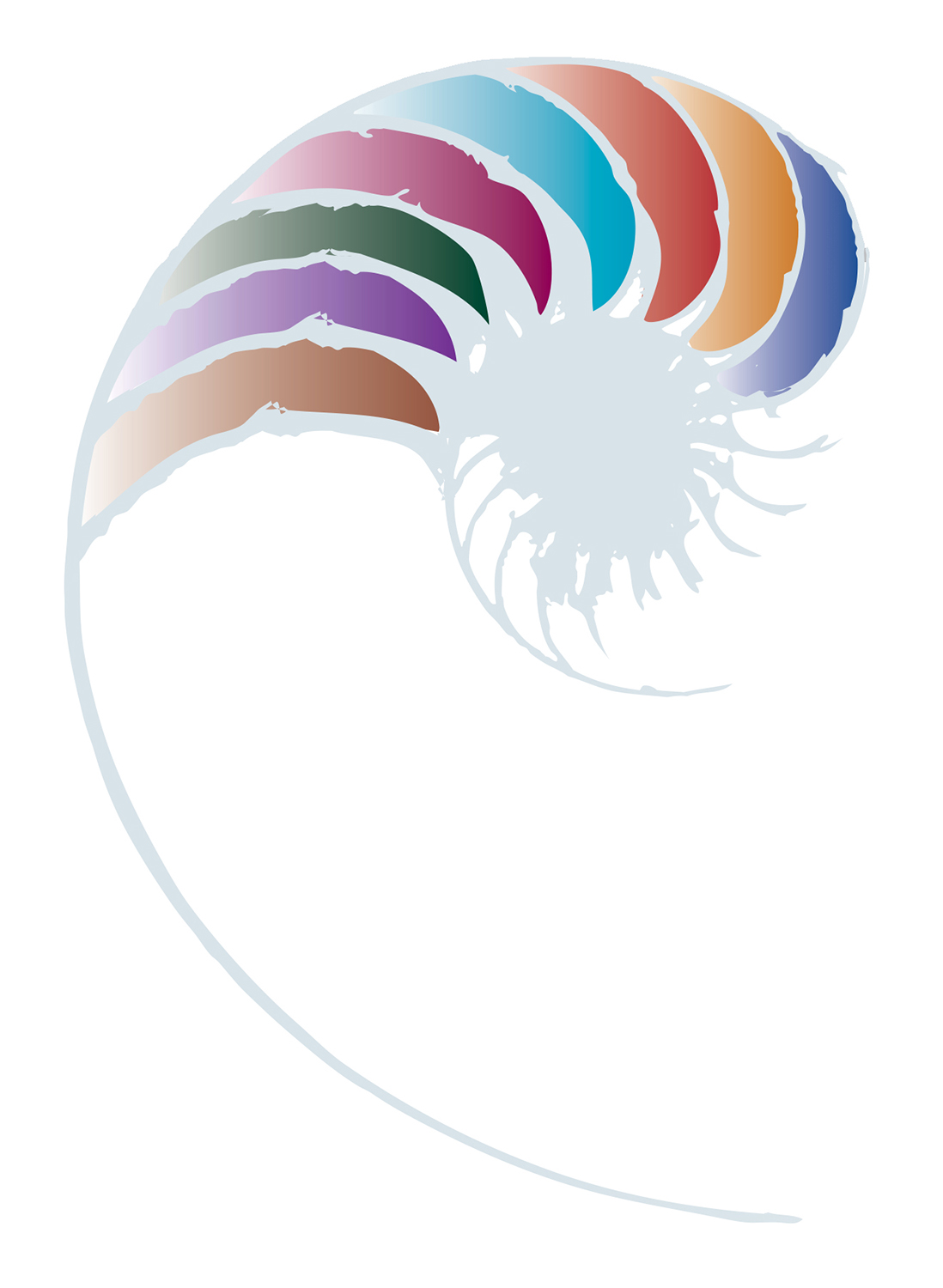Te mārama ki ngā āhuatanga o te reo ā-waha
Understanding oral language
Learn about what oral language is, why competence in and understanding of language is important, and what makes up communication. This resource is part of the Talking together, Te kōrerorero suite of resources. See the resource carousel below for more.

What is oral language?
In Te Whāriki, oral language encompasses any method of communication the child uses as a first language.
This includes New Zealand Sign Language and, for children who are non-verbal, alternative and augmentative communication (AAC) technology and devices to replace or augment verbal communication (Te Whāriki, p. 25).
Why is language important?
One of the major tasks for children in the early years is to develop competence in and understanding of language.
Oral language is essential for:
- communication – oral language helps children share with others what they feel and think and understand how others feel and think
- learning – oral language helps children learn about other people and the world
- wellbeing – oral language helps children manage their emotions and their behaviour
- identity and belonging – oral language connects children to their culture
- literacy and educational achievement – “Reading and writing float on a sea of talk”.1 This means that oral language in early childhood is the foundation for literacy learning and achievement in school and kura.
What makes up communication?
Speech, language, social interaction, and early literacy skills are all parts of a child’s communication repertoire.

Diagram based on Much More Than Words, p. 5 (Ministry of Education).
Speech
The words, rhythm, and intonation of sentences are made up from speech sounds.
Social interaction
Learning how to use language appropriately by listening and taking conversational turns. It includes using social conventions and learning to speak differently with those who are older, younger, and more or less knowledgeable.
Emergent literacy
Learning the building blocks towards reading and writing.
This includes:
- concepts about print and books
- story comprehension and storytelling
- phonological awareness skills including identifying and manipulating units of oral language, such as in rhyming, letter sound identification, and breaking words into syllables.
Language
The term 'language' includes New Zealand Sign Language.
Oral language is made up of receptive (understanding) and expressive language and can be broken down into:
- words – labels for people, objects, actions, concepts, and the beginnings or endings to those labels that show how many or when
- sentences – putting words together into a statement or question
- stories – putting sentences together into a causal chain of events with a beginning, middle, and ending.
Tamariki need to hear rich language and connect it to real world experiences in order to first understand and then to speak (or sign).
The way you talk to children matters!
Further information on oral
language development
For further information on oral language development, click on Stepping stones to oral language and Understanding bilingual and multilingual language pathways in the carousel below.
About this resource
Learn about what oral language is, why competence in and understanding of language is important, and what makes up communication. This resource is part of the Talking together, Te kōrerorero suite of resources. See the resource carousel above for more.



